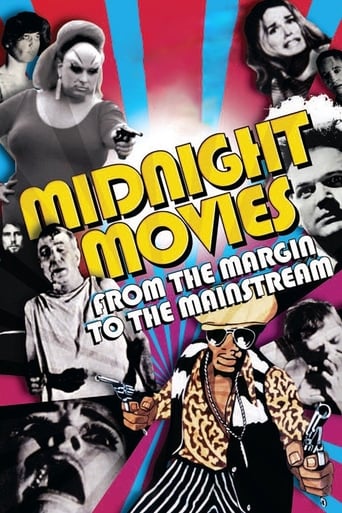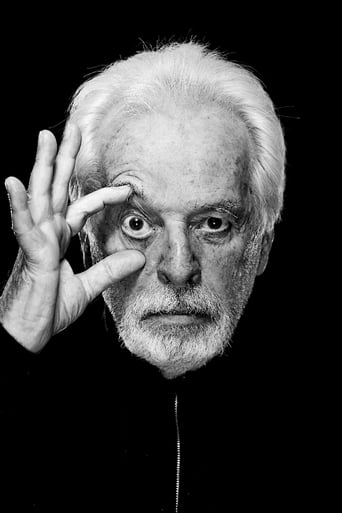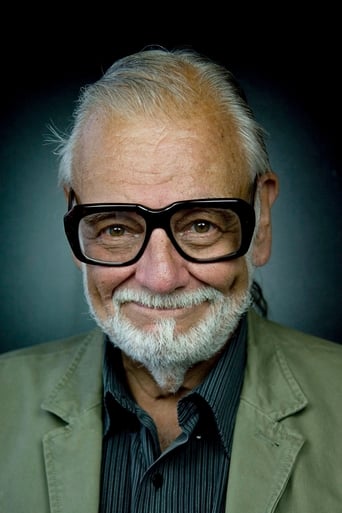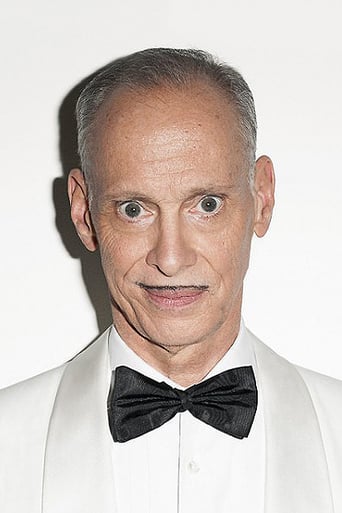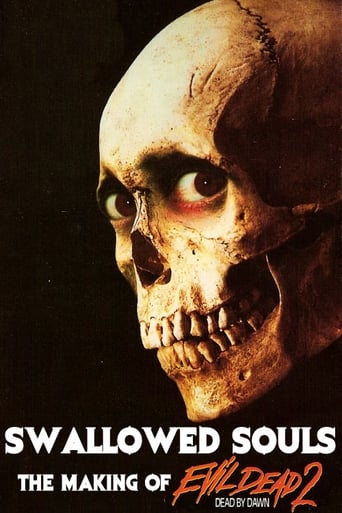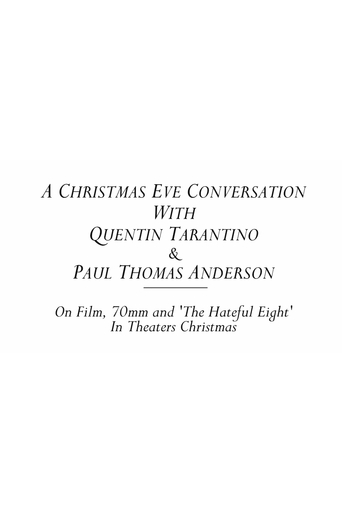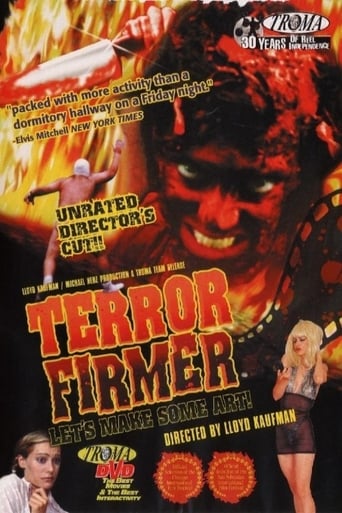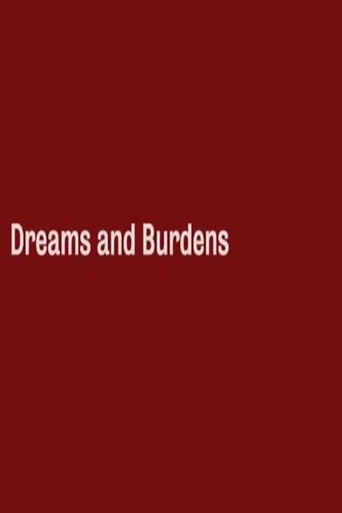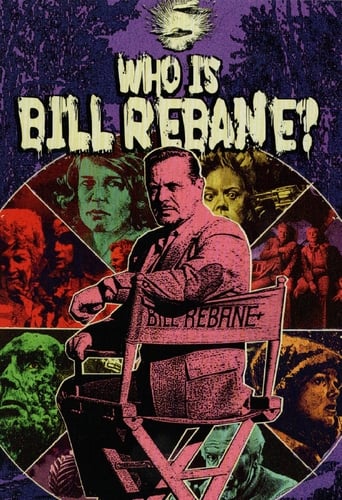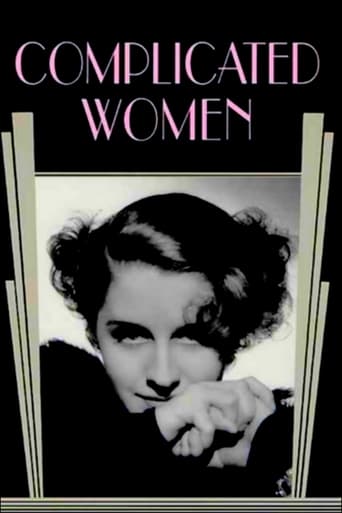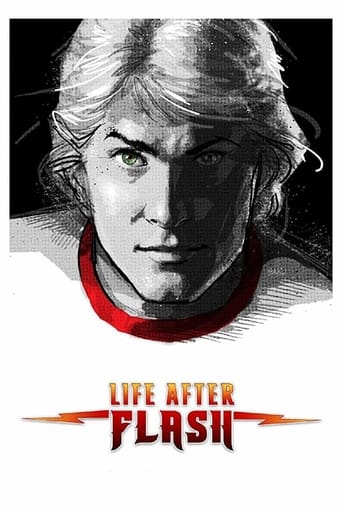Midnight Movies: From the Margin to the Mainstream (2006)
From 1970-1977, six low budget films shown at midnight transformed the way we make and watch films.
Watch Trailer
Cast
Similar titles
Reviews
One of my all time favorites.
Good story, Not enough for a whole film
Although it has its amusing moments, in eneral the plot does not convince.
This is a small, humorous movie in some ways, but it has a huge heart. What a nice experience.
This alliteratively titled film is more about the margin than the mainstream. In fact, the movies it examines were far beyond the margin. Are they still? That's an important question to which I don't know the answer.The birth of the midnight showing of cult films started in the early 1970s, in a political climate that was ripe for disillusioned, ironic film goers to pour their unrealized idealism into films that made heroes out of freaks. Six of those movies are highlighted in this film, which takes a non-flashy, straightforward talking head approach to examining how the movies were made, distributed, and received. Luckily the talking heads are the directors and the cinema owners who dared to show these films, often for years before they gathered a following. The films include, in temporal order, Jodorowsky's El Topo, Romero's Night of the Living Dead, Perry Henzell's The Harder they Come, John Waters' Pink Flamingos, Richard O'Brien's Rocky Horror Picture Show, and Lynch's Eraserhead.As one person in the film said, and I'm roughly quoting here: "A director doesn't make a cult film, an audience makes a cult film." and that's essentially what brings these films together. The right political climate, the right tone, the right distributor, the right director, essentially everything coming together to create the perfect word-of-mouth hit. Samuels chooses to allow critics to discuss the films but more importantly the directors themselves are on hand to examine and explain their work, thus showing directly the different thought processes that took place, but also indirectly how each personality is manifest directly in the film! Waters IS Pink Flamingos, O'Brien isn't just Riff Raff but also a huge chunk of Rocky, Lynch is industrial Philadelphia. These films are the directors and vice-versa precisely because they were low budget, underground, and made with such verve and dedication. I would daresay these directors are closer to their films than big budget, mainstream directors. That makes us closer to the films too.Besides personality, a different aspect of film-making is described in each film. For example, for El Topo Jodorowsky describes how he combined different genres (spaghetti western, horror, coming of age, etc.) . Romero discusses shooting the closing scenes of his film in a style similar to the news reels of Vietnam and the other news shows of the day, with their growing depiction of the day-to-day senseless violence seemingly affecting the country at large. Waters describes the importance of filth as a theme and the Charles Manson trial as an influence on his films, while O'Brien and others discuss the difference between the stage version of Rocky versus the film (interestingly enough, audiences begin to co-opt the film and create their own stage version- thus bringing the film back to its theatrical roots).This is what a documentary should be, the documentarist should allow the story to tell itself, not be the story itself. I'm no firm believer in captured objectivity, but I still fundamentally believe in a documentary's pedagogic powers. I want to learn something, dammit! I did here. And it also reminded me of what I love about cult movies and anything cult in general. Though seemingly marginal, cult has the power to make a person feel very much not alone. The receivers of that bit of culture are sharing something that the mainstream just can't and never will get. That knowledge in and of itself brings people together. Unfortunately, as the people in the film point out, this cult culture has become socially and materially acceptable, and what was once marginal is now hopelessly mainstream.Leaving the theater, I just couldn't believe that out of the six films presented in the documentary, I had only seen Pink Flamingos and Rocky Horror Picture Show, and neither one at a midnight showing! Oh, the shame!cococravescinema.blogspot.com
An excellent documentary feature on the backgrounds and effects of cult classics from the 1970s when underground movie groups popped into the limelight and in theaters as cinematic accessibility became more pronounced and prevalent. Movie classics (to some, not me) "Night of the Living Dead" (the 1968 original), "El Topo", "Pink Flamingos", "The Harder They Come", "The Rocky Horror Picture Show" and "Eraserhead" are the focal points here as we have tons of archive footage and interesting interviews from the films' major directors (John Waters, David Lynch, George Romero and others) and insight from dependable critic Roger Ebert. The picture is made better than the movies that are discussed and quickly becomes a magnet for some that are not familiar with the movies revisited. The only drawback here is that "Midnight Movies" will make some want to see the aforementioned films from the 1970s. Unfortunately, this flick makes its subjects look much more appealing than they actually are. 5 stars out of 5.
Stuart Samuels brilliant documentary puts in its proper perspective how going to the films was changed forever with the arrival of the classic Alejandro Jodorowsky's film "El Topo" at the famous Elgin Theater in Chelsea. Mr. Samuels proves to have an insight into the counter culture that came into being in those golden days when people embraced a new expression in the movies, as championed by Mr. Jodorowsky and others of that era.The Elgin Theater was located in what we now know as the Joyce Theater, a mecca for the modern dance, on Eight Avenue, between 19th and 20th streets. Back then, the Elgin had a great programming and all kinds of films were shown, as it operated as a semi repertory cinema with its emphasis in the outrageous, which was presented at midnight. The place had seen better days by the time it became a refuge for the new film makers that wanted to change the way they made films.Alejandro Jodorowsky was perhaps the most influential one of that generation with his film "El Topo". It was the film that gave way to that trend to present unconventional films that wouldn't otherwise be shown a new venue for people looking for new things.John Waters was an admirer of what he encounter at the Elgin, and it gave him the push to go ahead with his outrageous films that wouldn't have a distribution, had the Elgin not welcomed him. George Romero is also part of that generation as is David Lynch, who is much younger, but one can see the influence of those outrageous films he saw early in his youth.The comments by Roger Ebert, J. Hoberman, Jonathan Rosenbaum and others in the documentary put things in the right perspective for us, as we learn the history of this phenomenon. Stuart Samuels has to be congratulated for putting things in their right place in order for everyone to understand how the change began.
Absorbing documentary about midnight movies--how they started, why they existed and did so well and what killed them. It deals with six key movies--El Topo; Night of the Living Dead; The Harder They Come; Pink Flamingoes; Rocky Horror Picture Show and Eraserhead. They interview the directors and distributors of all six films and they discuss how they got them out and the reactions of critics and audiences. It also explains why these movies were only successful as midnight movies (Rocky Horror was a disaster when it came out as a regular movie).I'm old enough to remember midnight movies and how much fun they were. They're gone forever but this wonderful documentary brought it all back to me. Also there's a HUGE amount of footage from each film. Highly recommended.
